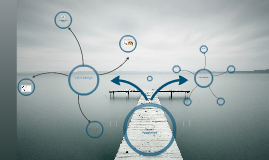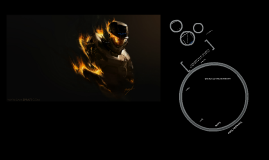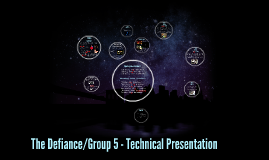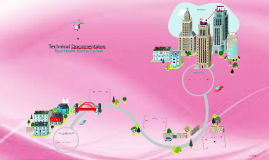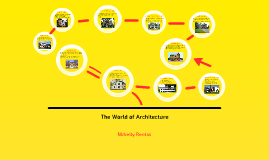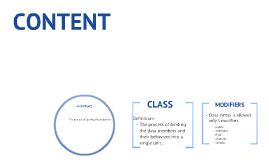Technical Background
Transcript: Abir Rahman - Technical Background Presentation 7/15/2020 Introduction Abir Ashfakur Rahman Ph.D. in Biomolecular Sciences Boise State University, Boise, Idaho Introduction Current affiliation: Tulane University School of Medicine, Bix Lab Current Postdoctoral work Postdoc work Novel therapeutics for ischemic stroke Tandem transient middle cerebral and common carotid artery occlusion (tMCAO) Occlude both the common carotid artery and the middle cerebral artery of mice at the same time, for one hour. In vivo Cell lines and procedures In vitro bEnd.3 cells - Mouse Brain Endothelial Cells - Procedure: 8-hour Oxygen-Glucose Deprivation and 18-24 hour reperfusion - Readouts: Western blot and Immunocytochemistry Primary Mouse Neural Stem Cells (Neurospheres) - Neurogenesis questions: - Stem cell proliferation - Neural differentiation - Neuroblast migration Primary microglia: Morphological characterization and proteomic profiling. bEnd.3 Neurospheres Neurospheres (adhered and cells migrating) Autophagy dysfunction as a mechanism of Parkinson's Disease Doctoral work The role of the VPS35 D620N mutation Autophagy Mechanism of cellular homeostasis - Protein turnover - Mitochondrial turnover - Endoplasmic reticulum turnover - Lipids turnover and more Autophagy Source: Novus Biologicals Measuring Autophagic Flux Measuring Autophagic Flux Source: Stress Marq Biosciences and Pieurucci et al. Neuropharmacology (2017) VPS35 D620N Originally identified by two independent studies in 2011 as a causal mutation. VPS35 Williams E.T., Chen X., and Moore D.J., Journal of Parkinson’s Disease (2017). VPS35 D620N inhibits autophagy Autophagy defect We showed that autophagic flux was reduced in VPS35 D620N mutant cells We used an overexpression construct, either overexpressing the WT allele, or the D620N mutant allele. Lentivirus mediated gene transduction Cell line generation For generating the WT and VPS35 D620N mutant transgenic cells, - We used Lentivirus to deliver the transgenes - HEK 293T cells were first transfected with viral component coding DNA, along with our transgenic construct, which also contained a puromycin resistance gene - The virus containing media was then collected and administered to SH-SY5Y cells - Cells were selected by puromycin treatment and validated via PCR and sequencing Source: Sigma-Aldrich Source: Elegheert et al. Nature Protocols (2018) CRISPR/Cas9 mediated mutagenesis - Used Origene kit and Synthego gRNA, to induce a G to A point mutation at base position 1858. CRISPR/Cas9 The transcriptome is altered in the VPS35 D620N mutant background ECM receptor interaction pathway Transcriptomic changes KEGG pathway analysis revealed potential altered pathways Akt signaling pathway Proposed pathway Hyaluronan Signaling High molecular weight HA inhibited autophagy HA and Autophagy CD 44 and HMMR expression altered in VPS35 D620N HA receptors Phosphorylation of AKT AKT Phosphorylation Other previous work Other work Confocal microscopy/ fluorescent microscopy: Took a course in bioimaging Worked as core facilities intern Worked with C. elegans and with D. melanogaster Team management: - trained and worked with many undergraduate students - taught lab sections of undergraduate courses - trained fellow postdoc and lab technician tissue culture and related in vitro work Acknowledgements Acknowledgements Members of the Bix Lab: Dr. I. Joachim Biose, Dr. Amruta Narayanappa, Mr. Kyle Esteves and Dr. Greg Bix. My thesis committee: Dr. Brad Morrison, Dr. Allan Albig, Dr. Julia Oxford and Dr. Matthew Ferguson BMOL Program Director: Dr. Denise Wingett and Program administrator: Beth Gee Dr. Bill Walthall, Dr. Ananias Escalanate Dr. Maria Andreina Pacheco Delgado and so many more. Thank You Comments?






